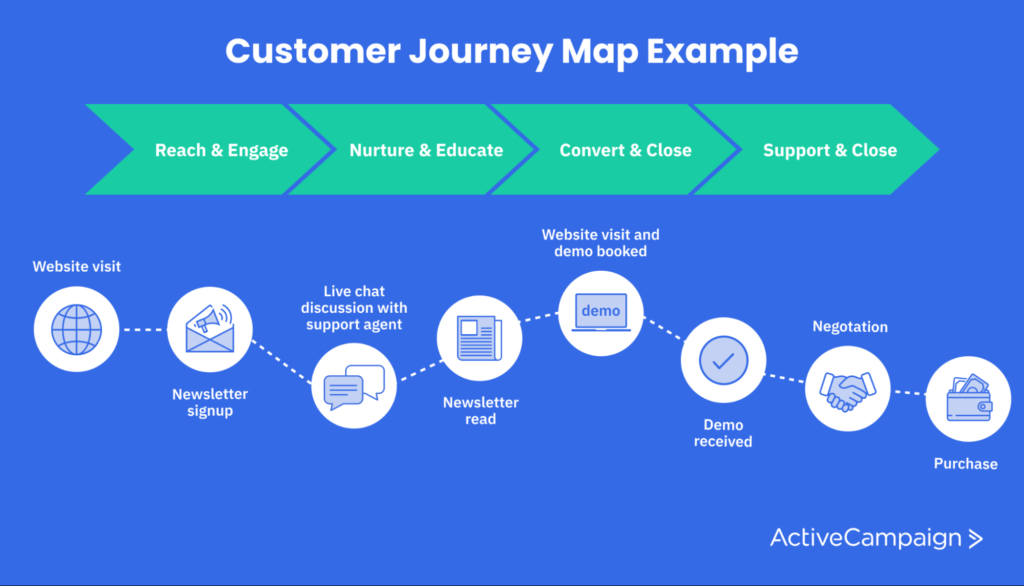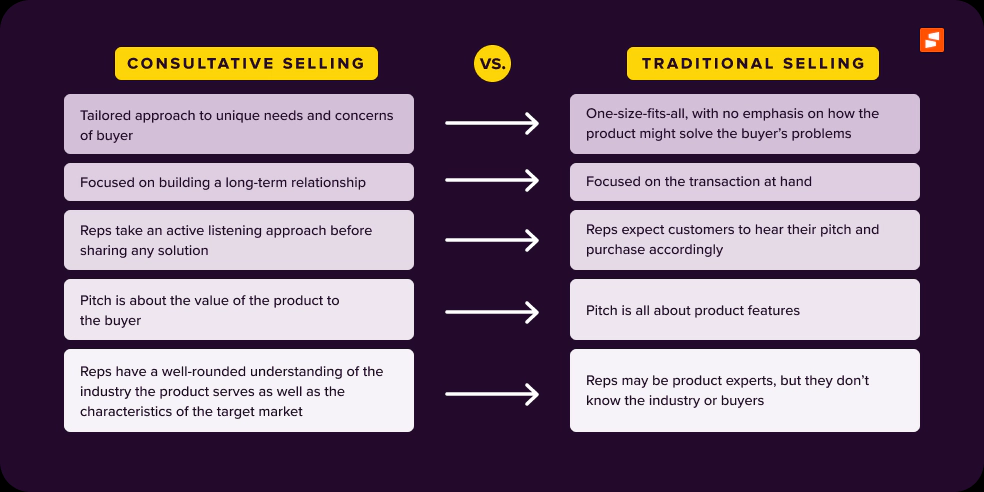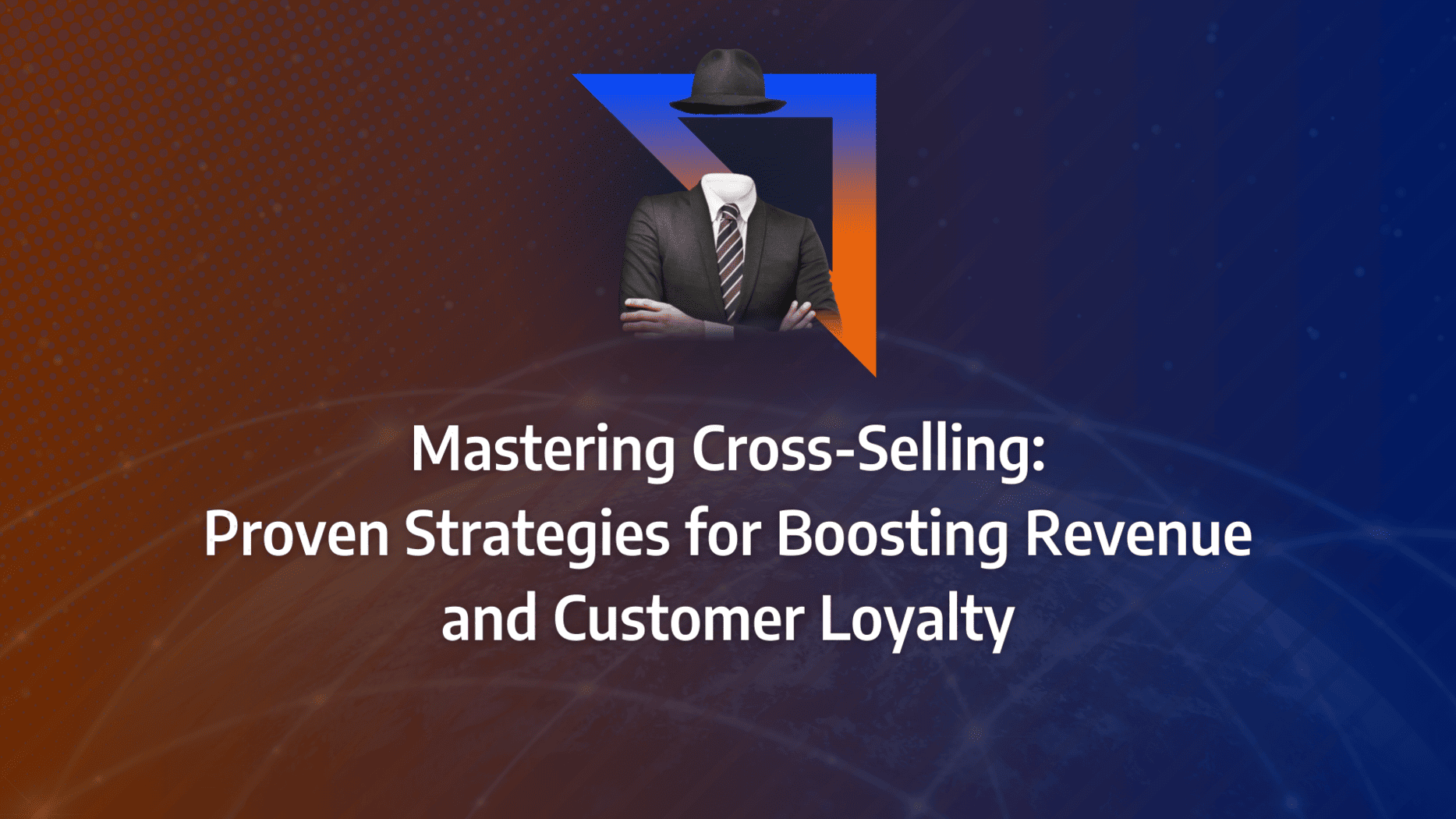Unlocking additional revenue streams doesn’t always require acquiring new customers. In fact, the secret to higher profits and stronger customer relationships may already lie within your existing clientele. Have you ever considered the untapped potential in your customer base? Imagine transforming each transaction into a gateway for deeper loyalty and increased sales.
That’s the power of cross-selling. But how can you implement cross-selling in a way that resonates with your customers and aligns with your business goals? In this guide, we’ll unravel proven cross-selling strategies that go beyond the basics. From leveraging data-driven insights to crafting personalised offers, you’ll discover how to turn every interaction into a win-win for both your customers and your bottom line.
- Leverage data-driven insights to identify cross-selling opportunities that align with customer needs and preferences, ensuring offers are relevant and timely.
- Personalise cross-sell offers by using customer segmentation and behavioural data, enhancing the likelihood of acceptance and improving overall satisfaction.
- Integrate cross-selling into the customer journey by strategically timing offers to coincide with key touchpoints, creating a seamless experience that adds value.
- Utilise technology like AI and CRM systems to predict customer preferences and manage cross-sell campaigns efficiently, maximising impact with minimal effort.
- Continuously refine your cross-selling strategy by monitoring performance and incorporating feedback, ensuring that your approach evolves with customer expectations.
What is Cross-Selling?
Cross-selling is a sales technique that involves offering supplementary and related products or services to customers based on their current purchases. For instance, a laptop protector could be suggested to a customer purchasing a laptop. Similarly, credit cards can be cross-sold to individuals opening a bank account, and life insurance can be recommended to those considering car insurance. In essence, cross-selling directs customers towards related products that complement their initial purchase.
What Matters Most?
From our experience, B2B leaders who prioritise a deep understanding of their customers’ current business objectives before introducing cross-sell opportunities often find greater success. Rather than pushing additional products or services, cross-selling becomes an opportunity to strengthen relationships and add real value. Clients often discover that aligning marketing and sales teams early in the customer journey helps identify the right cross-sell opportunities in a more seamless way. Additionally, when cross-functional collaboration between product, sales, and marketing is established, the solutions offered are more meaningful and aligned with customer outcomes, driving long-term value and satisfaction.Get In Touch
Cross-Selling vs. Upselling
While cross-selling and upselling are often used interchangeably in the retail industry, they are fundamentally different strategies. Upselling involves suggesting a premium version of the product a customer is considering. For example, if a customer plans to buy a laptop, the salesperson might recommend a more advanced model with superior features at a slightly higher price. Cross-selling, in contrast, involves recommending complementary items, such as a laptop bag to go with the new laptop.
Key Cross-Selling Strategies for Success
Implementing effective cross-selling strategies requires a data-driven approach and a well-defined framework. Here are some essential strategies to enhance your cross-selling efforts:
1. Map Complementary Options: Equip your sales team with a detailed map of complementary product and service options tailored to different customer segments. This cross-selling framework helps identify the best items to suggest at various stages of the customer journey, enhancing customer satisfaction and increasing sales.

2. Ask Probing Questions: Adopt a consultative sales approach by training your team to ask insightful questions. Understanding the customer’s needs and pain points allows for personalised cross-selling recommendations that add genuine value, fostering long-term relationships and customer loyalty.
3. Offer Loyalty Perks: Incentivise your customers by offering structured rewards based on their buying patterns. Loyalty perks not only encourage more frequent purchases but also provide opportunities for seamless cross-selling. Automated messages triggered at optimal times can further enhance these efforts.
4. Avoid Common Pitfalls: To ensure the success of your cross-selling strategies, avoid suggesting irrelevant products that do not add value. Properly identify target buyers and focus on offering items that meet their specific needs. Additionally, be mindful of unprofitable customers and adjust your strategies accordingly to maximise profitability.
5. Learn from Top Brands: Study successful cross-selling examples from leading brands. For instance, Amazon’s “frequently bought together” feature and McDonald’s effective meal upsell tactics provide valuable insights. Implementing similar data-driven cross-selling strategies can significantly boost your sales and customer satisfaction.
Source: Hubspot
How can I effectively implement data-driven cross-selling strategies?
Map Complementary Options
To enhance your cross-selling strategies, your sales professionals, account managers, and customer service representatives must be well-versed in your product catalogue. Equip your team with a comprehensive map detailing the best products and services for each prospect type at every stage of the customer journey. Analysing the buying history of current customers and categorising purchases by segment, industry, and product or service will help identify common complementary options.
Creating a data-driven cross-selling map will simplify the process for your sales team, enabling them to determine whether an upsell or a cross-sell is more suitable for the customer. This clarity ensures that your team remains focused on customer satisfaction while working towards larger sales.
Ask Probing Questions
Effective upselling and cross-selling begin with understanding the customer’s needs through a consultative sales approach. Train your sales professionals to ask the right types of questions throughout the sales process. This will help them identify the best products and services for the customer more easily and uncover upsell and cross-sell opportunities.
The ultimate goal of cross-selling is to build long-term relationships and strengthen customer loyalty. By asking probing questions, sales professionals can gain a thorough understanding of a customer’s needs and provide genuine value with personalised cross-sell and upsell recommendations.

Offer Loyalty Perks
Incorporate structured opportunities for customers to earn rewards or perks based on their buying patterns. Customers who buy more should receive greater rewards, aligning with your sales model. Train your representatives on how to utilise loyalty offerings effectively in upselling and cross-selling efforts.
Rewarding customers with loyalty perks or complementary products increases the likelihood of them accepting a cross-sell or upsell offer. This strategy conveys the value of their business, while also providing a low-effort tactic for your sales team to increase revenue.
Use Auto-Triggered Messages to Pitch at the Perfect Time
Automated follow-up messages can gently nudge customers, encouraging them to continue engaging with your brand. The optimal time to suggest complementary products is after a customer has shown clear intent to purchase, such as adding an item to their cart or browsing additional items on your website. Once you have identified the best cross-selling opportunities in the customer journey, set up marketing automation workflows based on these actions.
By leveraging data-driven cross-selling strategies and a well-defined cross-selling framework, your sales team can identify cross-sell opportunities more effectively. Ensuring these strategies are seamlessly integrated into your sales process will lead to higher customer satisfaction and increased profitability.
Source: Hubspot
What common pitfalls should I avoid in my cross-selling efforts?
Cross-Selling the Wrong Products
A common pitfall in cross-selling strategies is offering irrelevant products. For instance, if a customer is purchasing a microwave oven and the suggested products are earphones, a mobile case, and a computer mouse, the likelihood of adding these items to the cart is minimal. This misalignment occurs because there is no connection between the products, no value message, and the key properties of these items are not considered. Furthermore, the customer’s interests, search history, and previous orders are often overlooked. Cross-selling inappropriate or non-valuable products is a major reason why cross-selling efforts can fail.
Improper Identification of Target Buyers
Understanding your target buyers is crucial. If you fail to recognise why your customers cross-buy, your efforts will be in vain. The starting point of any cross-selling strategy is to identify the right customers. You need to create opportunities to cross-sell products or services that your customers will find irresistible. Effective cross-selling hinges on knowing your consumers, understanding their needs, and determining how your products can benefit them.
Unprofitable Customers
A study by the Harvard Business Review found that one in five cross-buyers is unprofitable, despite the average profit from cross-buyers being higher than that of non-cross-buyers. This discrepancy results in significant financial shortfalls for merchants, with losses becoming greater due to increased cross-buying by unprofitable customers.
To mitigate the impact of unprofitable customers, it is essential to identify and manage these four types of consumers:
- Service Demanders: These customers overuse customer service resources with constant cross-buying and service demands, driving up costs.
- Revenue Reversers: These customers frequently return products, negating the revenue they generate.
- Promotion Maximisers: These buyers only purchase goods at steep discounts, leading to average annual losses of around £300 per customer.
- Spending Limiters: Their spending remains small or limited and does not increase with cross-buying, resulting in generated costs without corresponding revenue.
Cross-selling to these unprofitable shoppers will undoubtedly lead to decreased profits or accumulated losses.
Learn from the Top Cross-Selling Brands
- Fast Food Giants: Fast food restaurants have mastered cross-selling, with McDonald’s being the most notable example. They employ cross-selling and upselling strategies so seamlessly that most customers don’t even notice it. For instance, suggesting a larger meal size or adding a dessert complements the main order, enhancing the overall customer experience.
- Walmart’s Data-Driven Cross-Selling: Walmart.com excels in cross-selling even with limited data on their visitors. When shopping on Walmart’s website, customers encounter recommendations labelled “other customers also bought”. These suggestions are carefully curated to present products complementary to the customer’s initial purchase, showcasing effective data-driven cross-selling strategies.
- GoDaddy’s Add-On Items: GoDaddy, a leading internet domain registrar and web hosting company, effectively uses cross-selling by offering additional services such as web hosting, website protection, and privacy protection. This approach enhances the primary service offering, providing comprehensive solutions that meet diverse customer needs.
- Amazon’s Frequently Bought Together: Amazon’s strategic cross-selling has propelled it to become one of the world’s largest companies. Features like “frequently bought together” and the “wish list” integrate cross-selling seamlessly into the customer experience. Amazon’s personalisation ensures that related items are displayed, meeting customers’ needs and encouraging additional purchases.
- Airlines’ Cross-Selling Tactics: Airlines like American Airlines and Virgin Atlantic employ several cross-selling and upselling strategies. Upselling examples include offering more legroom at a slightly higher price, while cross-sells involve car hires, hotel rooms, and travel insurance. These additions not only boost revenue but also provide a more convenient and complete travel experience for customers.
- Dollar Shave Club’s Follow-Up Cross-Sell: Dollar Shave Club leverages email marketing to cross-sell to existing customers effectively. They use automated emails triggered by customer behaviour to suggest additional items that complement the products already in the customer’s cart. This strategy ensures relevant recommendations and enhances the overall shopping experience.
- Cable Companies’ Bundling Packages: Telecommunications companies often use bundling as a cross-selling strategy. By offering packages that combine telephone, cable, and internet services, they provide a comprehensive solution that meets various customer needs while increasing overall sales.
- Smart Insurance Agents: In the insurance sector, knowledgeable agents use cross-selling to offer better discounts and comprehensive coverage. For example, bundling car insurance with home, pet, and travel insurance simplifies the buying process and meets multiple customer needs through a single provider, enhancing customer satisfaction and loyalty.
Our Tactical Recommendations
We’ve found that using automated email sequences driven by customer data is an efficient way to present cross-sell offers at the most opportune moments. Clients often find this method increases personalisation and relevance, making it more effective. We also recommend integrating cross-sell KPIs into sales compensation plans to motivate teams and focus their efforts. Tracking customer readiness through CRM tagging allows sales teams to easily identify when to introduce cross-sell opportunities, ensuring a highly tailored and actionable approach. These steps, when executed well, drive meaningful results without overwhelming the customer.Get In Touch
When is the best moment to cross-sell to customers?
The timing and approach to cross-selling depend significantly on a customer’s purchase history and buying behaviour. By analysing sales data, customer insights, and overall behaviour, brands can identify the optimal moments to offer related products, enhancing the overall shopping experience.
Checkout Page
One of the most effective times to implement cross-selling strategies is at the checkout page. As customers are about to complete their purchase, offering related products can enhance their primary purchase. This approach capitalises on the customer’s buying momentum and can significantly increase average order value.
Post-Purchase
To avoid overwhelming customers with offers during checkout, another strategic moment for cross-selling is immediately after the purchase, through the thank you page. This often-overlooked opportunity allows you to capture the customer’s attention while their credit card is still within reach. Offering complementary products on the thank you page can lead to additional sales without disrupting the initial purchase process.
Retargeting
Retargeting ads provide another excellent method for cross-selling. By using tools like the Facebook retargeting pixel, brands can display related products to customers who have recently completed a purchase. This method ensures that cross-sell offers are timely and relevant, based on the customer’s recent buying activity.
Website Re-Visits
When customers return to your website, it’s an ideal opportunity to cross-sell based on their previous purchases. Utilising website personalisation tools such as VMO can help present tailored product recommendations, ensuring that cross-sell offers are personalised and pertinent.












